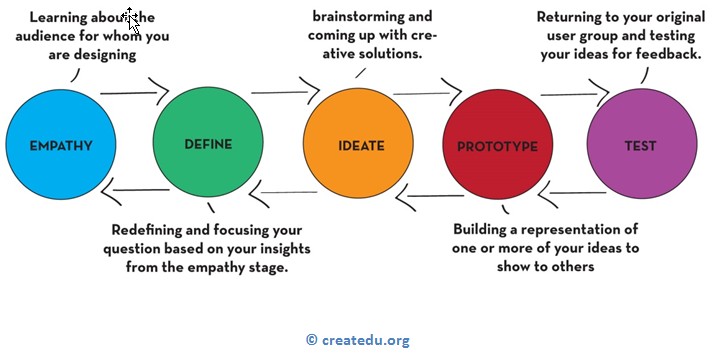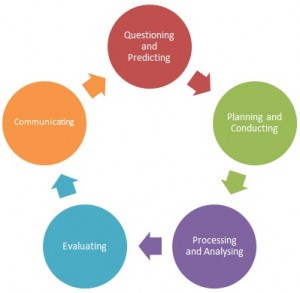A key to transforming practice – Spiral vs Linear Learning Part II
- On 28-11-2014
In A key to transforming practice – spiral vs linear learning Part I I proposed that the way teachers think about learning influences the way they teach. By observing the actions of teachers in day to day practice and how they structure and discuss learning within their lessons, units, and across the year we can achieve an insight into their thinking. From my observations of the learning in many schools, and the challenges that teachers identify with their students, I inferred that many teachers are engendering a linear way of thinking about learning with our students – and this would need to shift to allow the enactment of many of the core evidence-based educational research.
In Part II I will explore a more powerful context for teachers to think and operate from and point to some of the recent research and articles that give some guidance as to HOW you can start to shift the context with yourself and within your school.
Why I am suggesting a spiral approach is because most curricula or standards are organised in a spiral progression of knowledge, understandings and skills. Knowledge, as well as skill development and understanding, is often organised as a progression because it allows for the “pieces of the jigsaw” puzzle to be connected in a way that gives access and understanding to most learners in the fastest way possible. It wasn’t necessarily how the knowledge was first gained (e.g. the German chemist Kekule’s dream that led to identifying the cyclic benzene structure) but it provides a logical process by which knowledge, skills and understandings can be built.
If you explore the processes of scientific inquiry, historical inquiry, design thinking all of them are diagrammatically shown as cyclical processes. In reality, whilst the processes are cyclical, the learning that is achieved are spirals (or helical) in nature because at the end of an inquiry one doesn’t end up in the same place in one’s knowledge, understanding or skill. We learn from the mistakes as much as we learn from the successes. This naturally leads to a growth mindset because a “failure” is weighted equally to a “success”.
HOW to embed it
Ok – so this is a nice idea but how do you embed this thinking with the students?
Well this comes down to the habitual practices and scaffolding you as a teacher embeds in your classes. If you are intending to have the students become life-long learners and transfer their thinking, skills and understandings across subjects as I have suggested, then you will need to provide a framework and language which is used across all the classes and learning you want the students to do. You have to embed a way of thinking about learning, and in particular their learning, that naturally enables the students to think from the framework.
This is already done to some extent when schools use frameworks like De Bono’s Six Thinking Hats, or Art Costa’s Habits of the Mind, however notice how these frameworks are often isolated to just be about critical thinking or specific uses. The frameworks I am talking about in this case is how the entire subject area or domain of learning is viewed through. For example, all of science can be viewed through the lens or framework of the science inquiry process. That is how scientists think. History can be viewed through the historical inquiry process – that’s how historians think. The Design Thinking process is how engineers, artists, marketers, and virtually any creative person thinks.

Some examples of habits and practice one could include:
- Having visual diagrams (like the design process, science inquiry process, etc) constantly present and referred to within every lesson
- Using formative rubrics across all subjects – for example rubrics on aspects of literacy across every subject the student is in. One could even use a rubric based on the scientific / historical inquiry process across all subjects
- Having consistent agreed upon language used across all subjects
- Developing student meta-cognition about how they and their brains learn best
- Teachers using the spiral learning process to develop themselves as teachers – essentially being experimentalists themselves
Fundamentally, unless we have an articulated and structured approach by the teachers and the school which defines the framework or lens through which we want the student to grapple with their learning then we will always be struggling with transfer of learning and linear thinking in oru schools.
If you are interested in reading more about this including examples of thinking by other teachers here are some articles:
Why you should give yourself permission to screw up
How Looking at Student Work Keeps Teachers and Kids on Track
Engaging students in learning, not just schooling
35 Psychological Tricks To Help You Learn Better
25 Things Skilled Learners Do Differently
From Science Teacher to Science Facilitator
[Tweet “Want life-long learners? Teachers need to embed a framework for students to think from”]


0 Comments